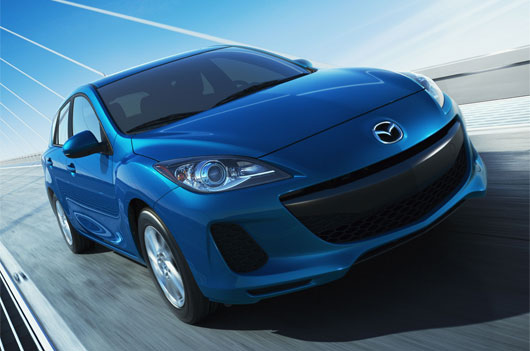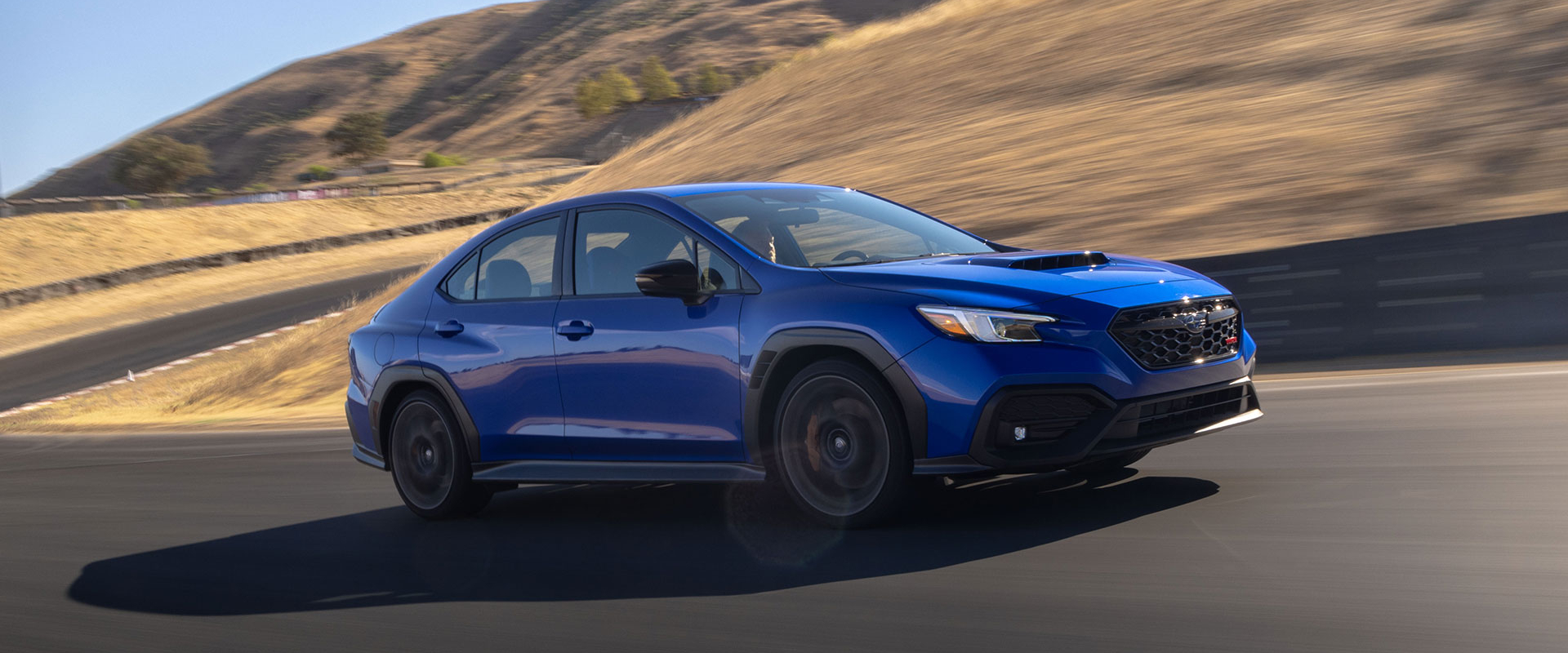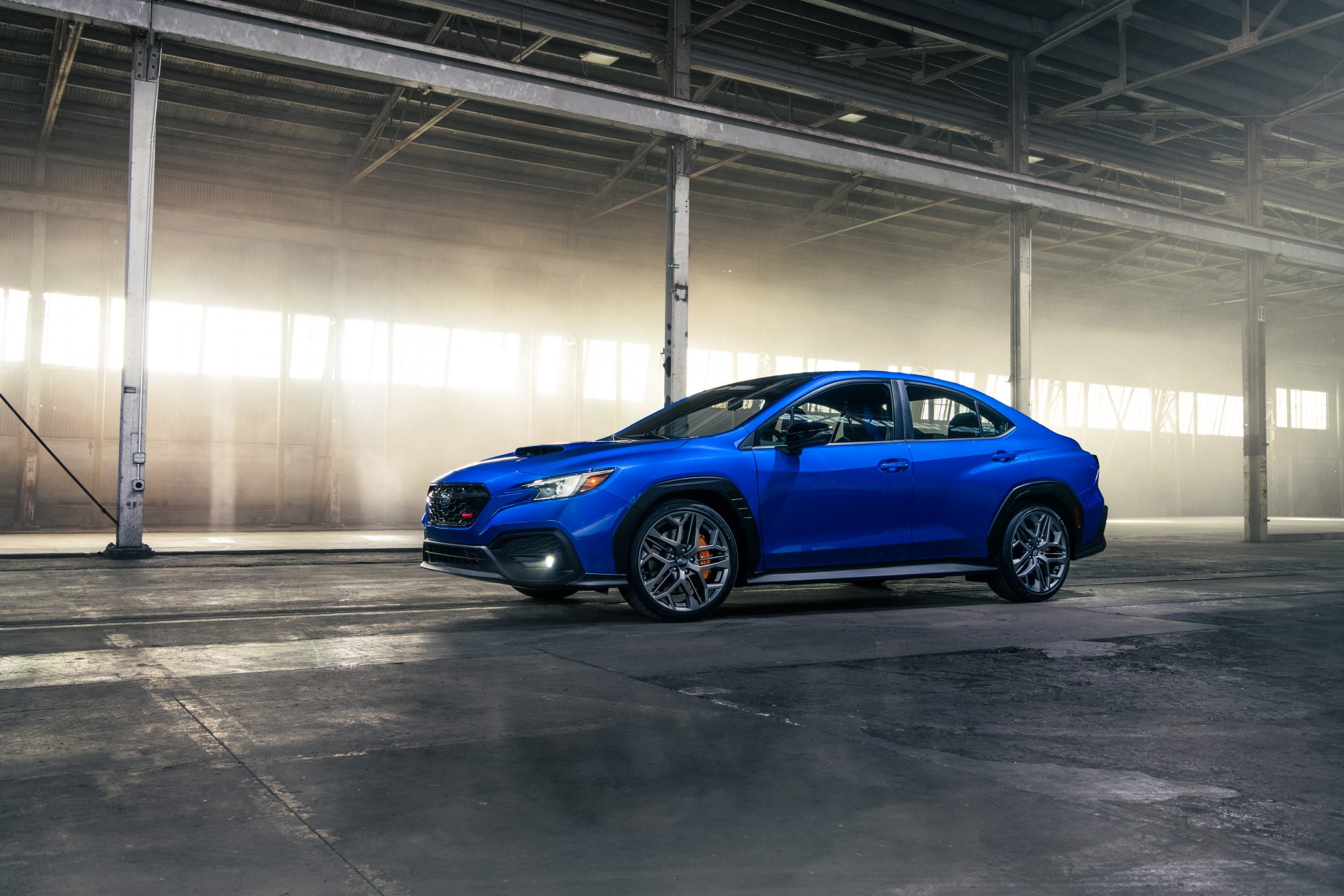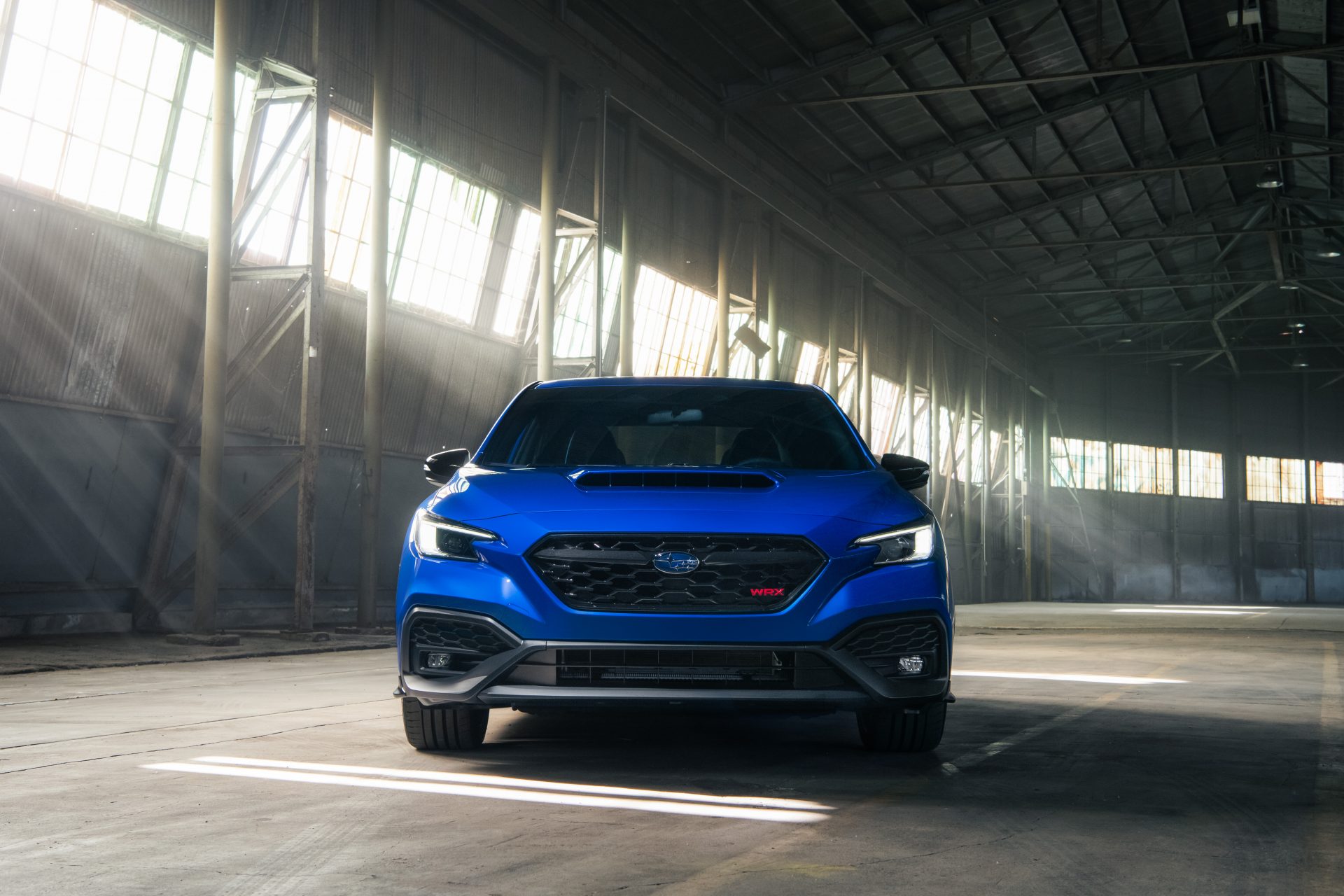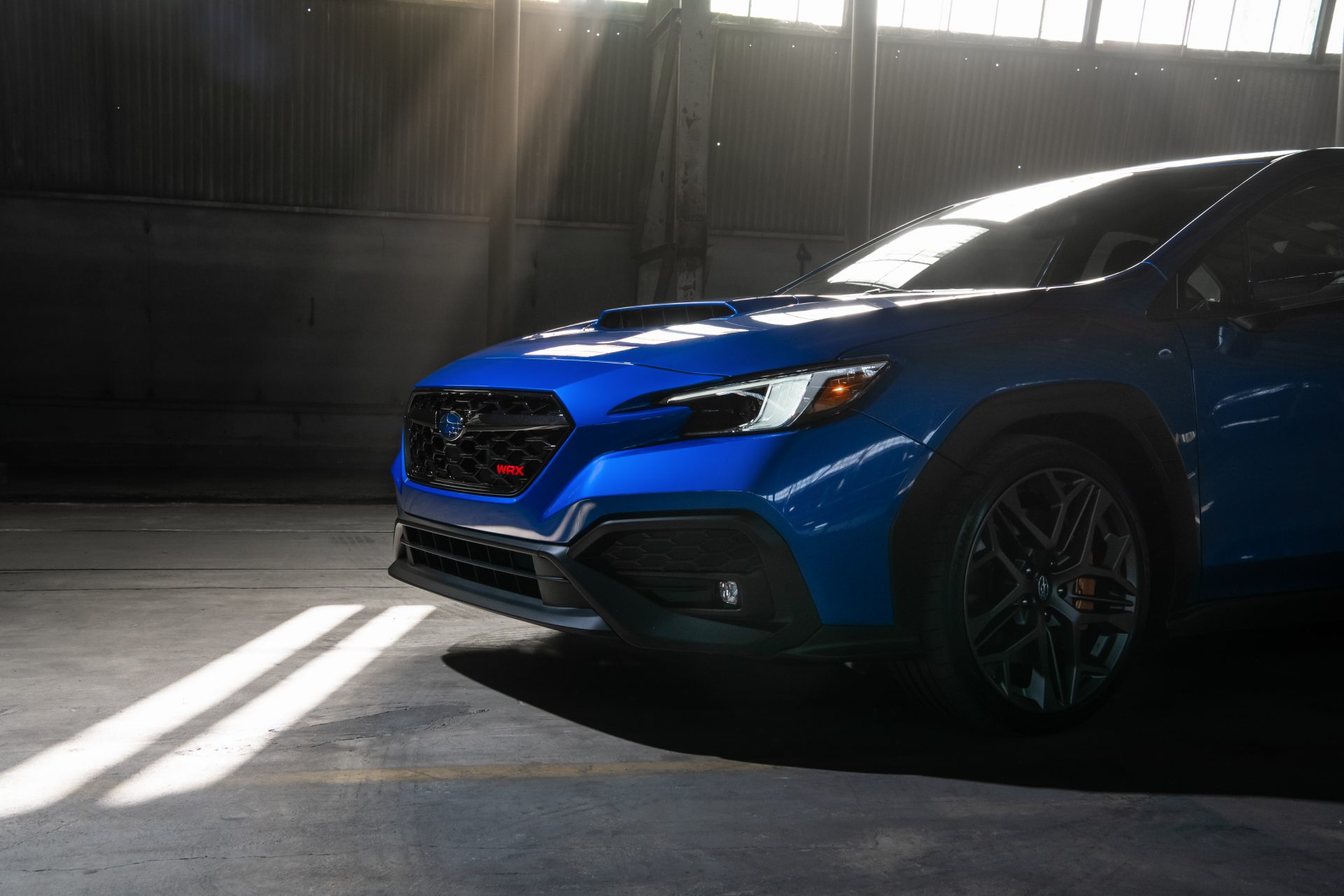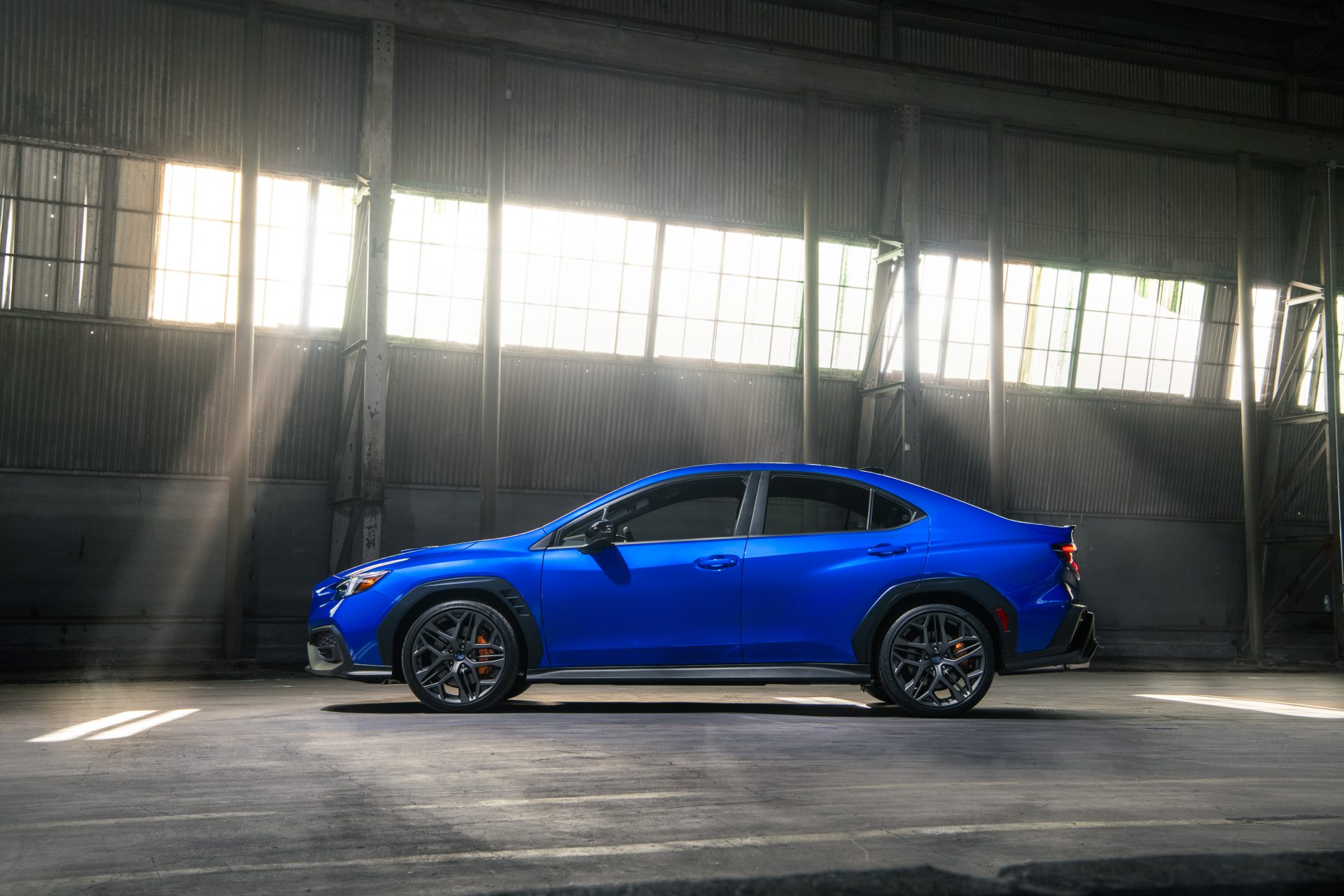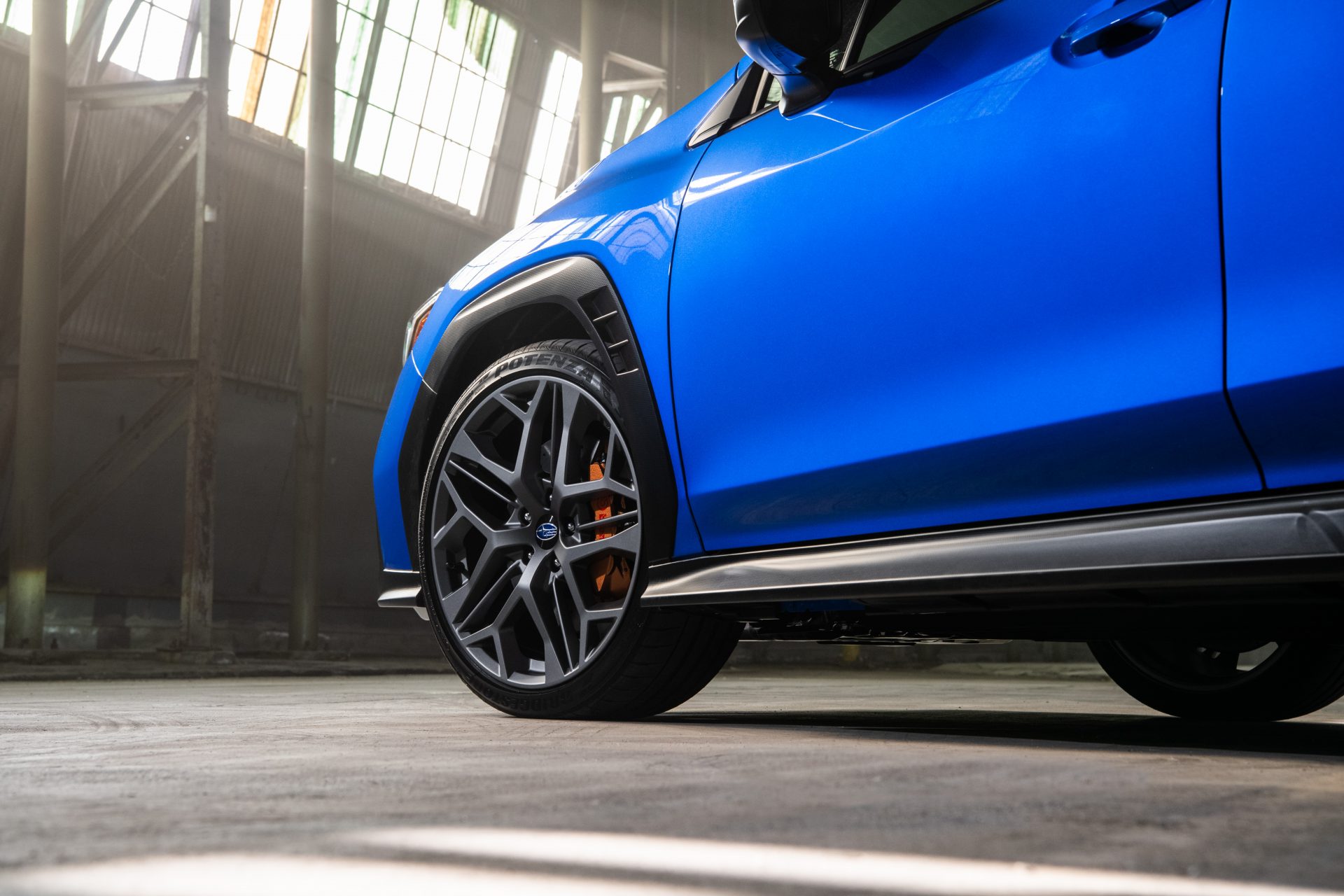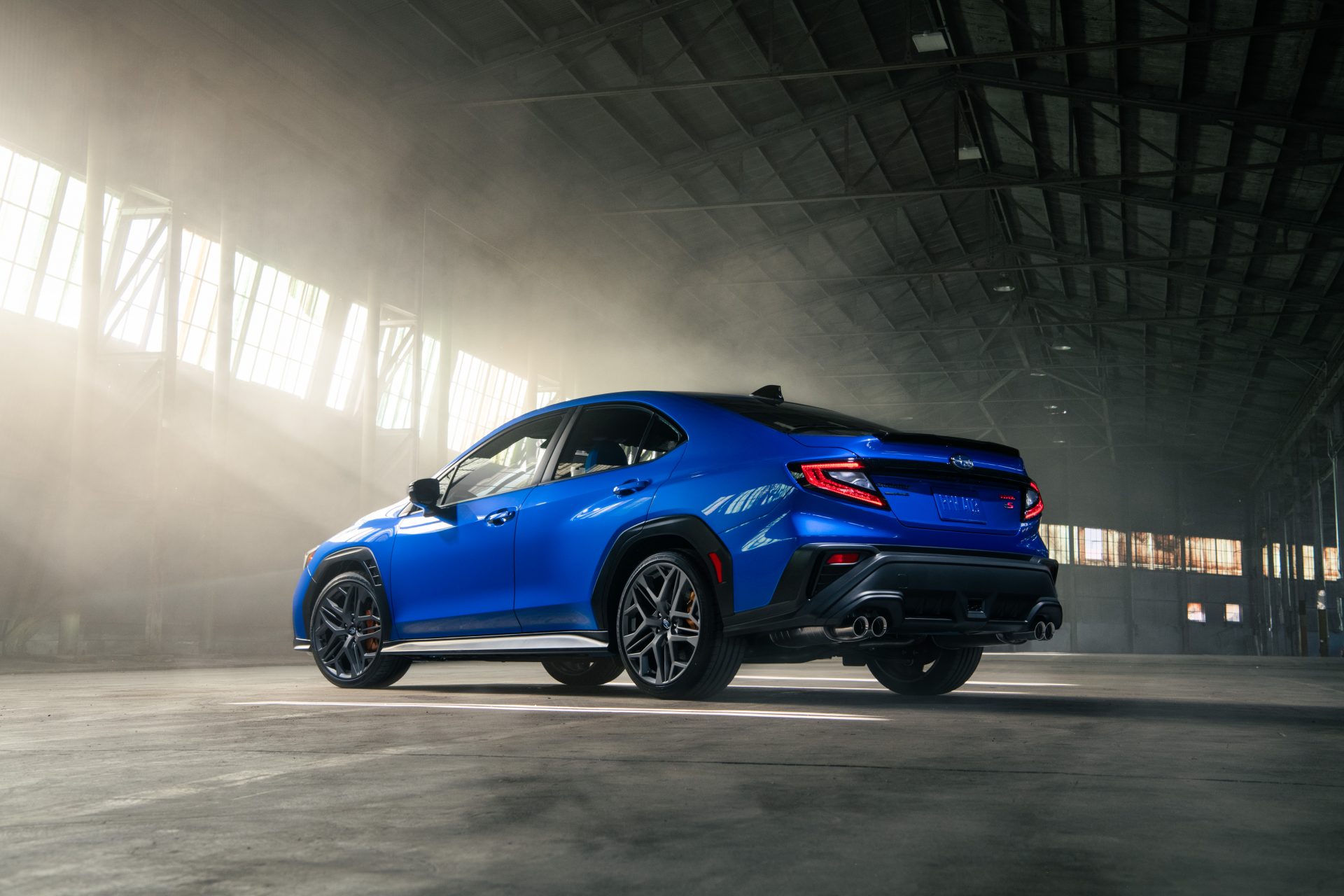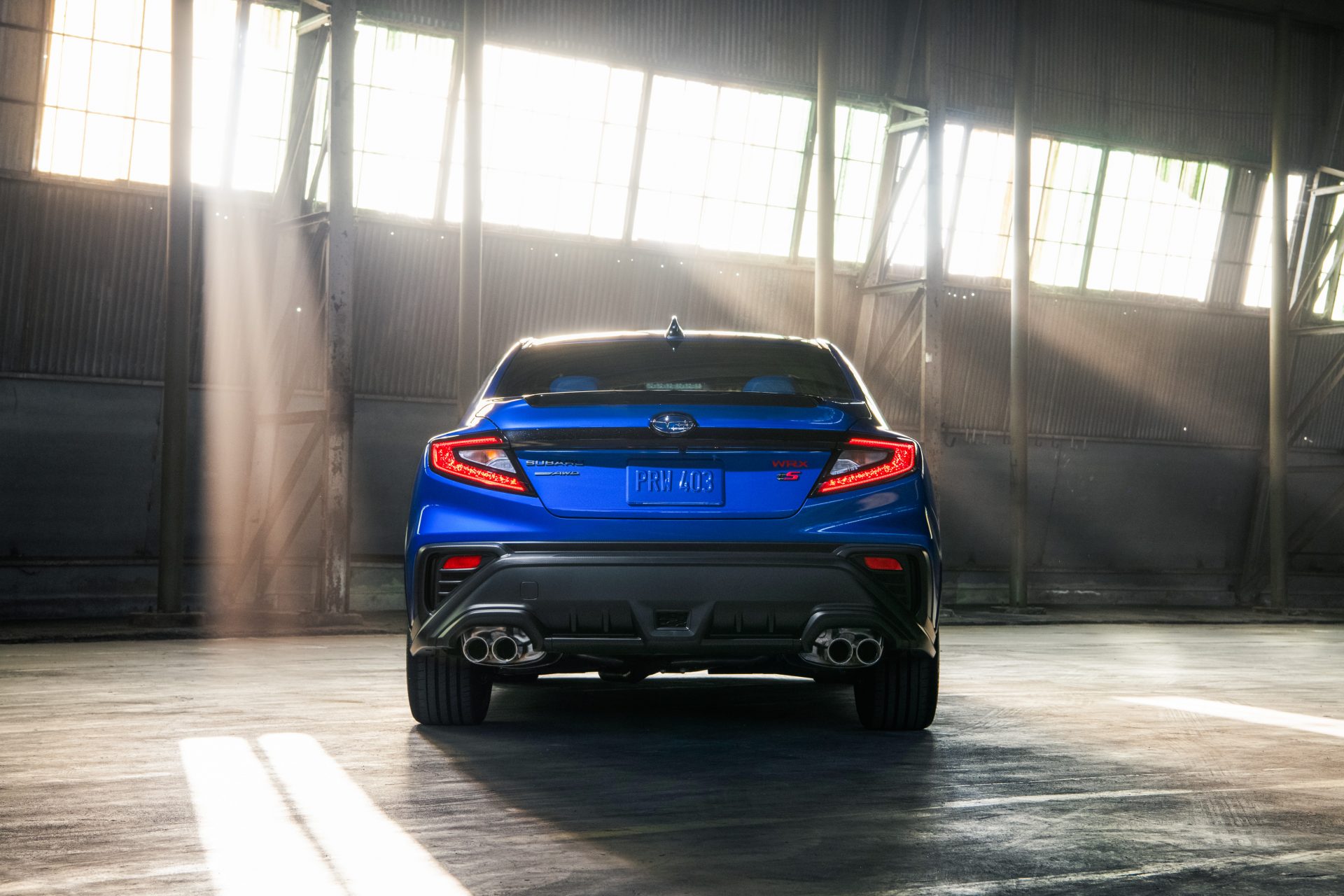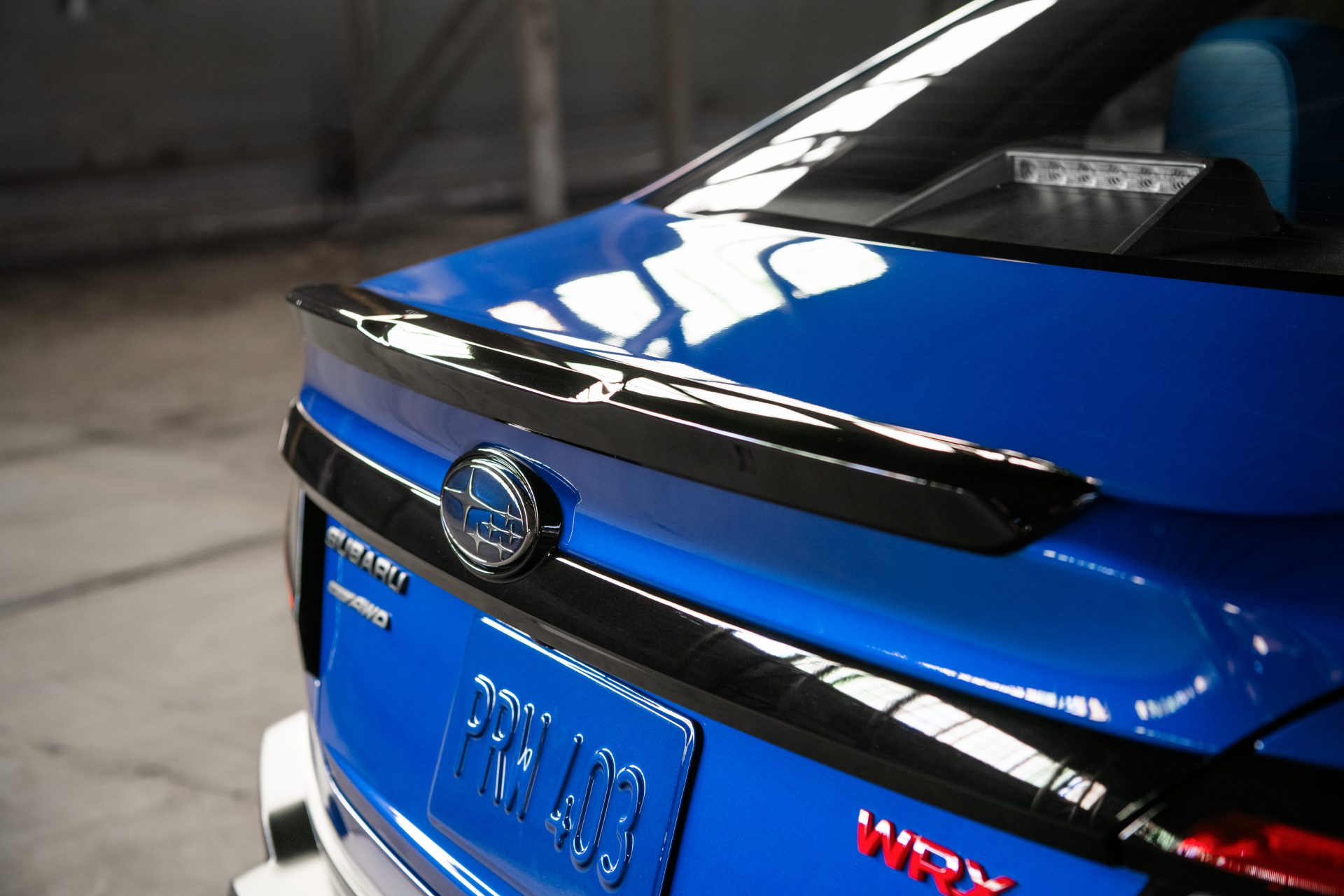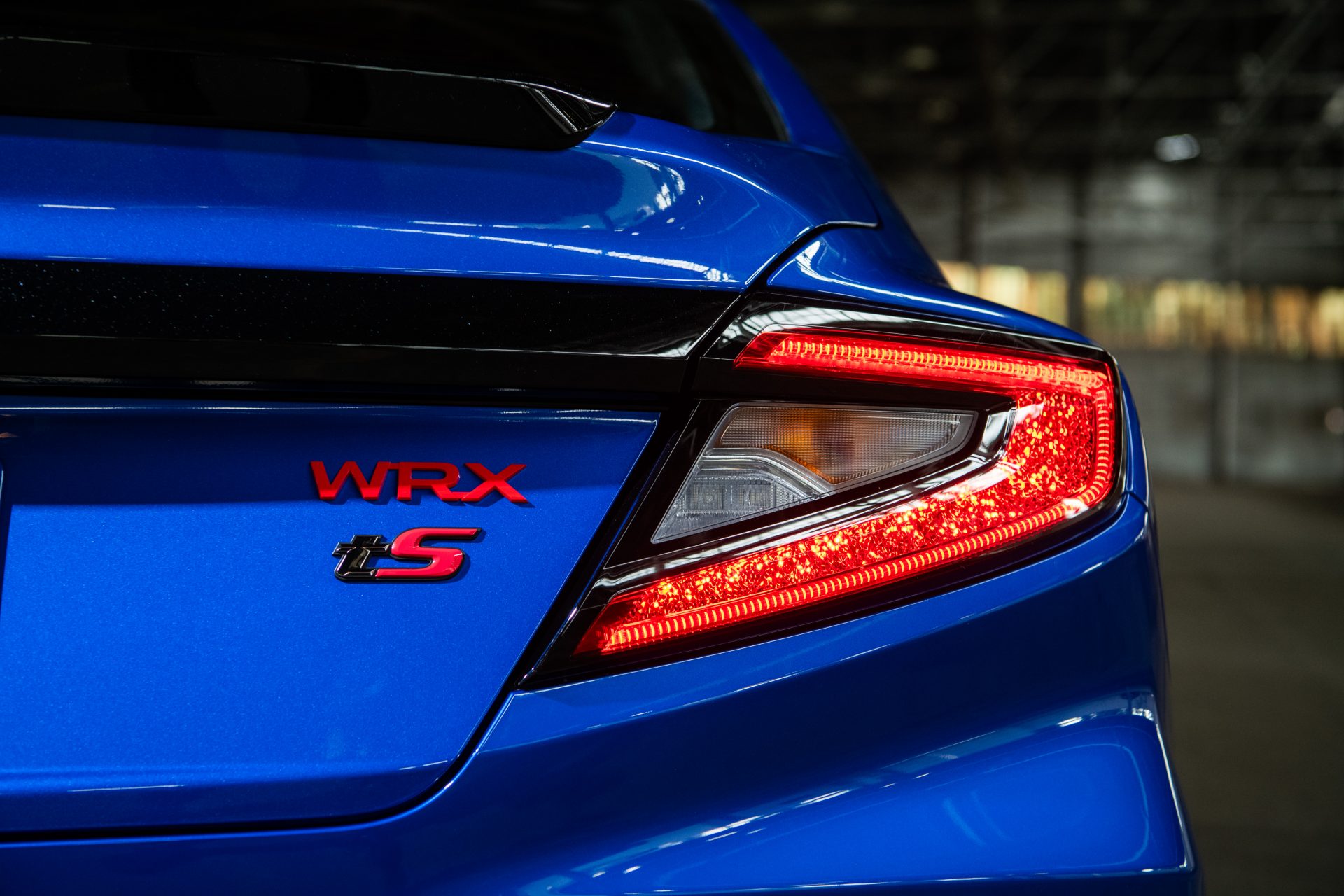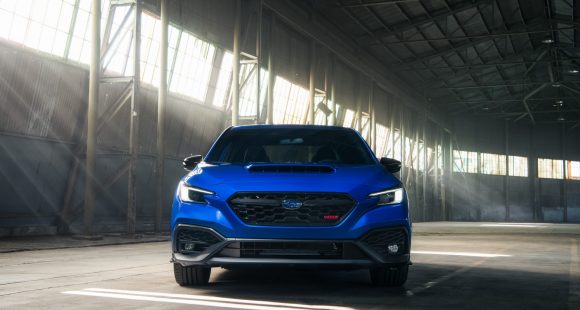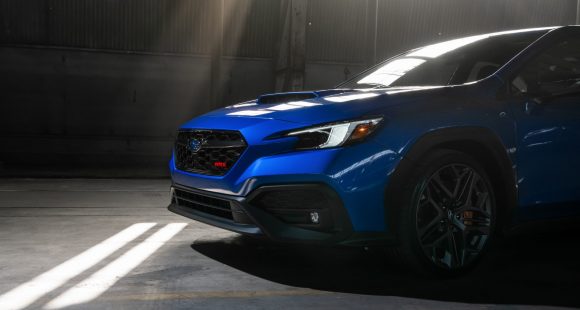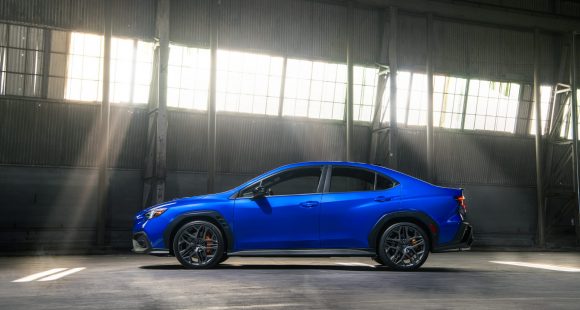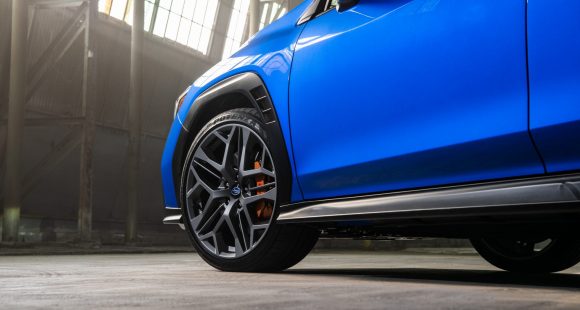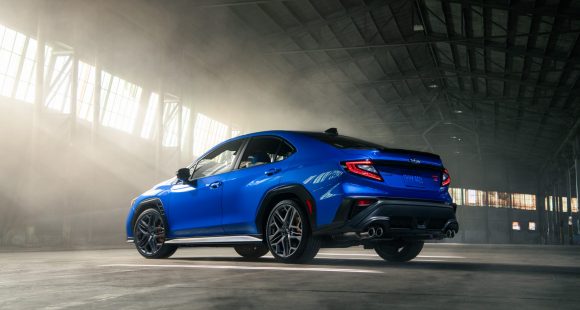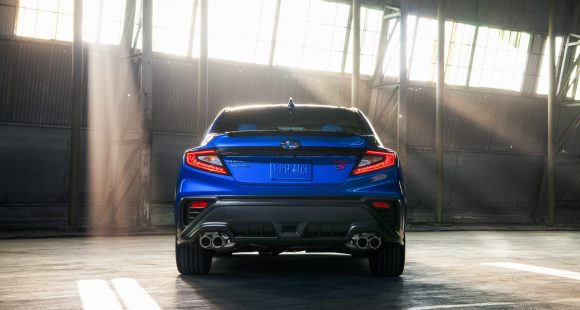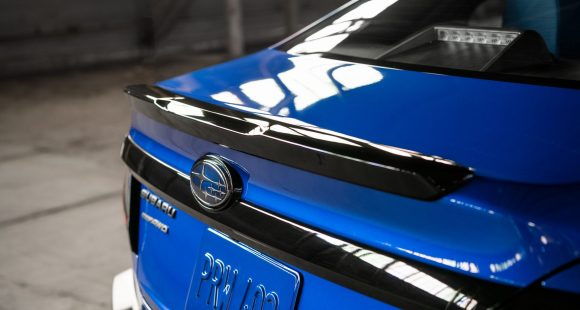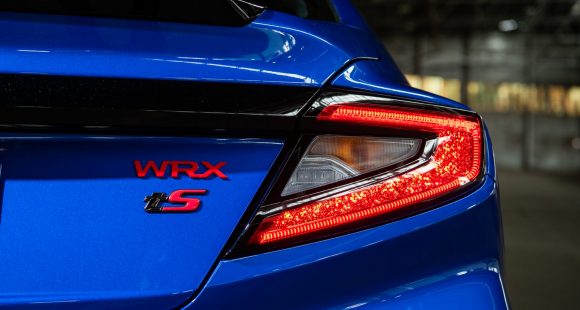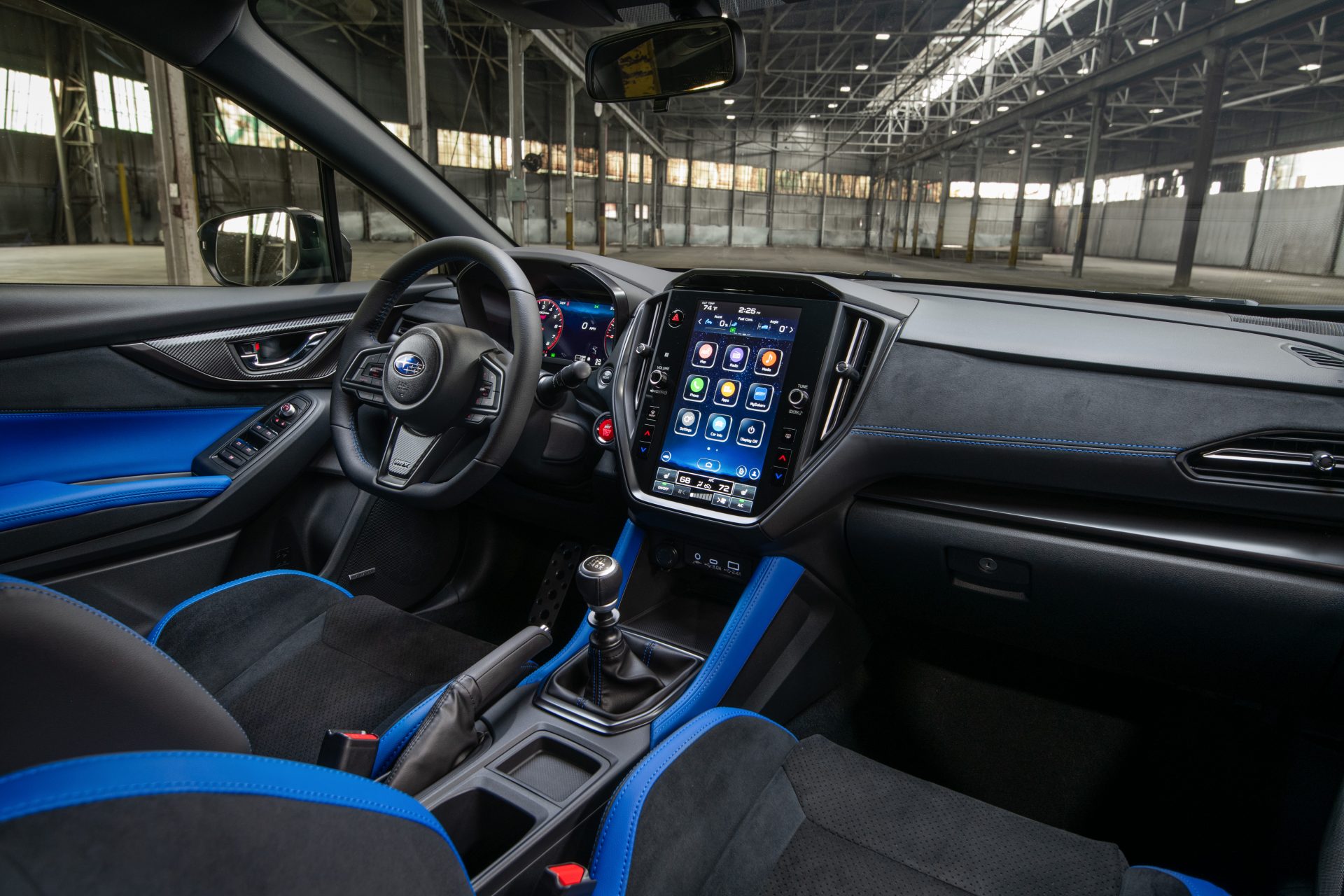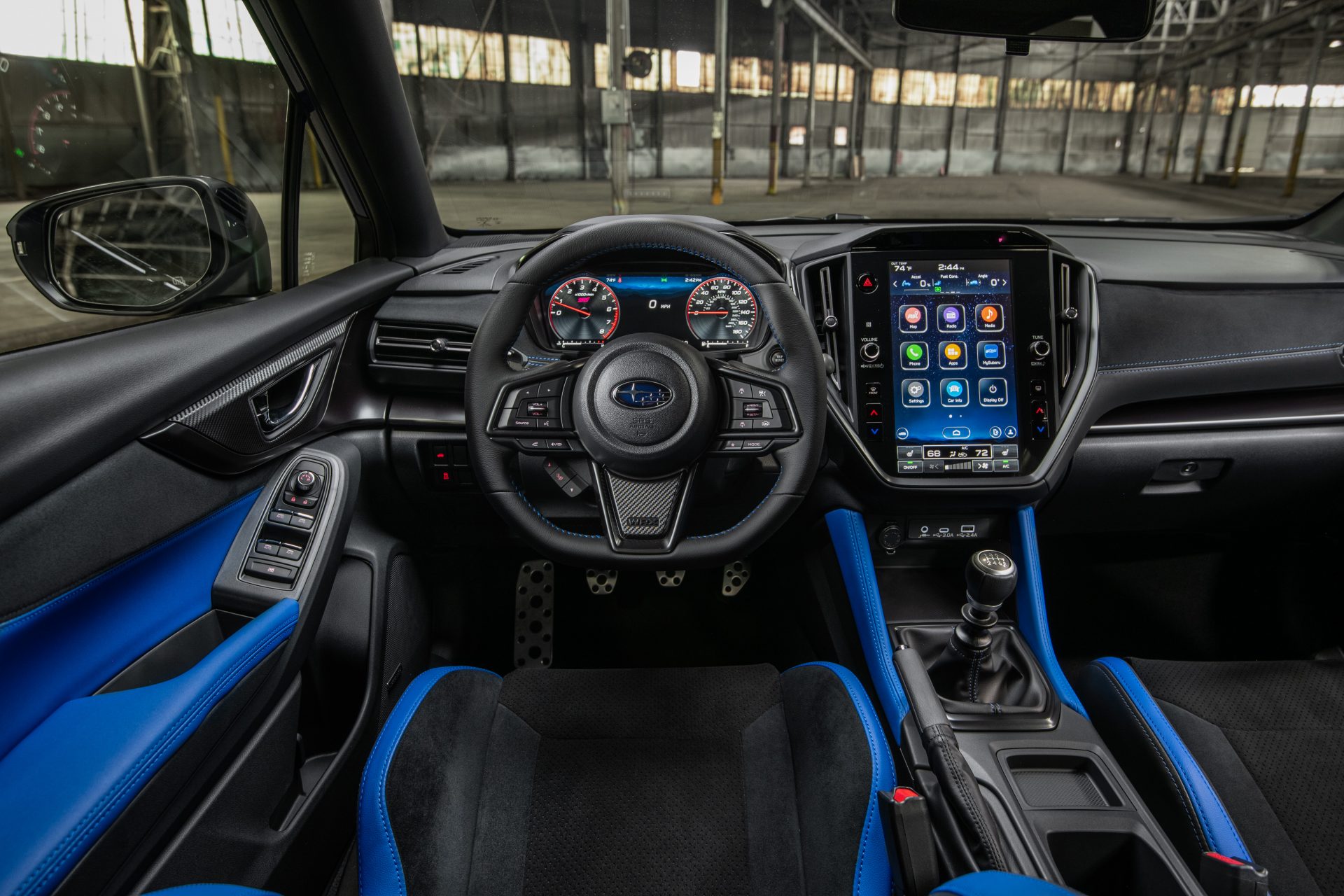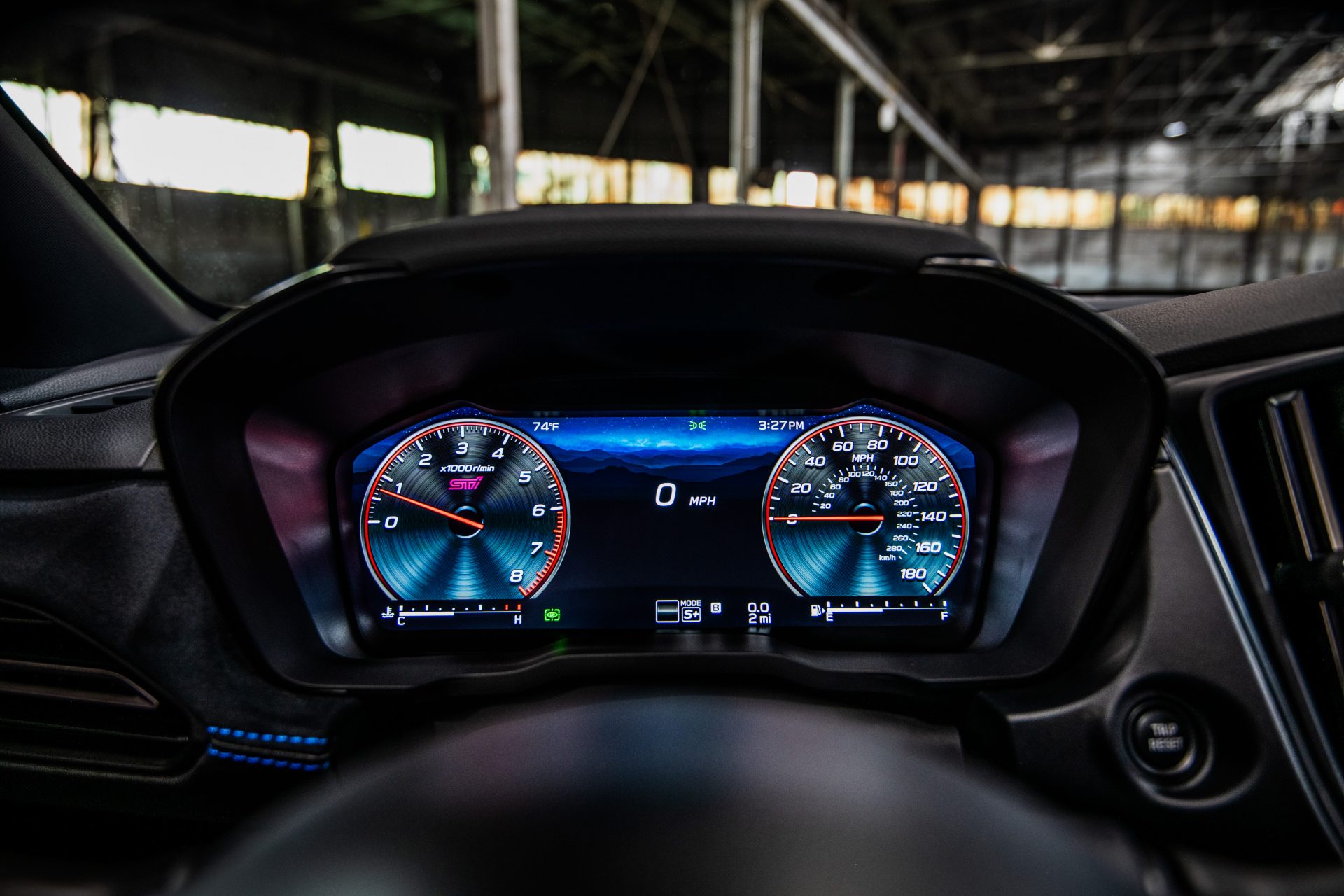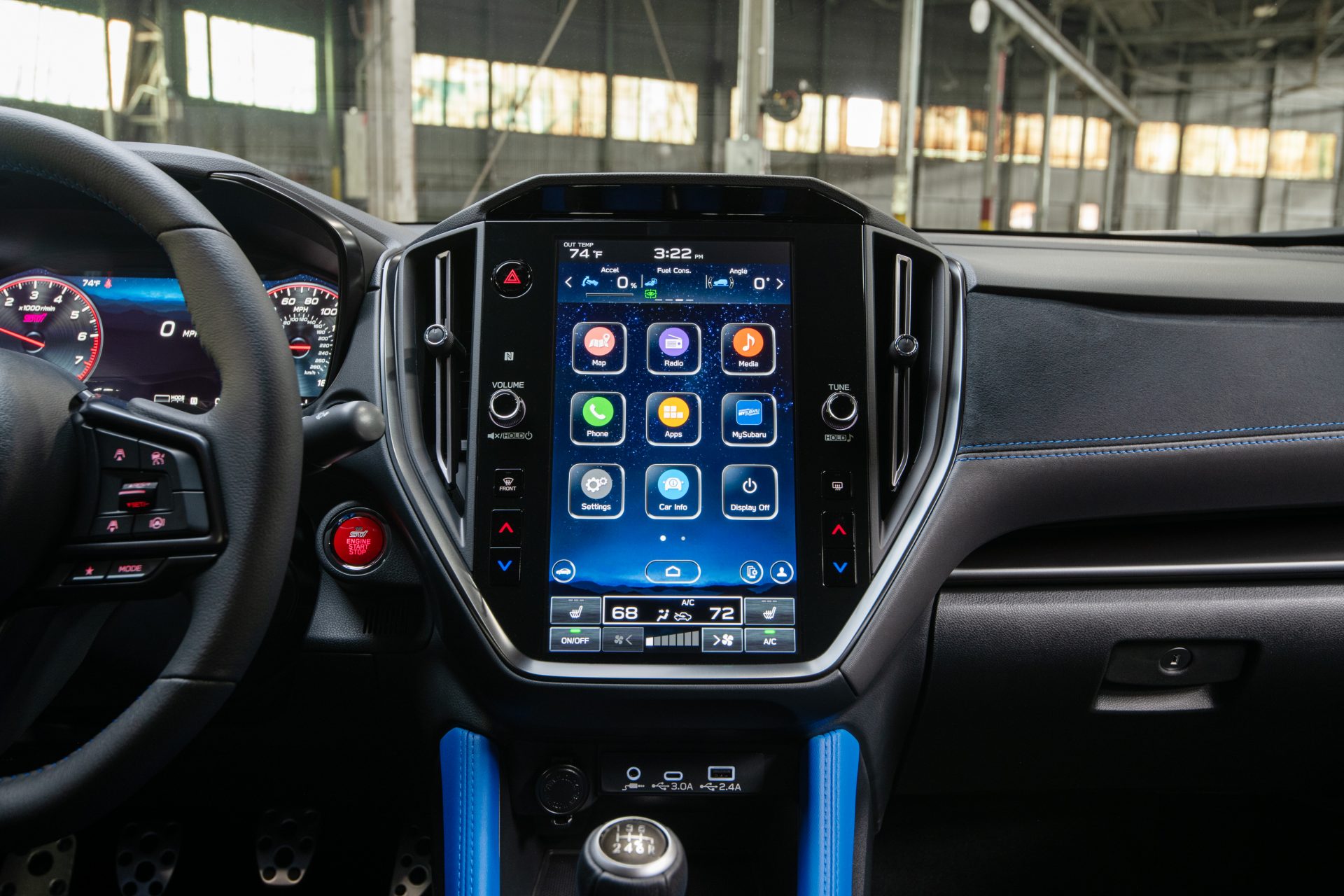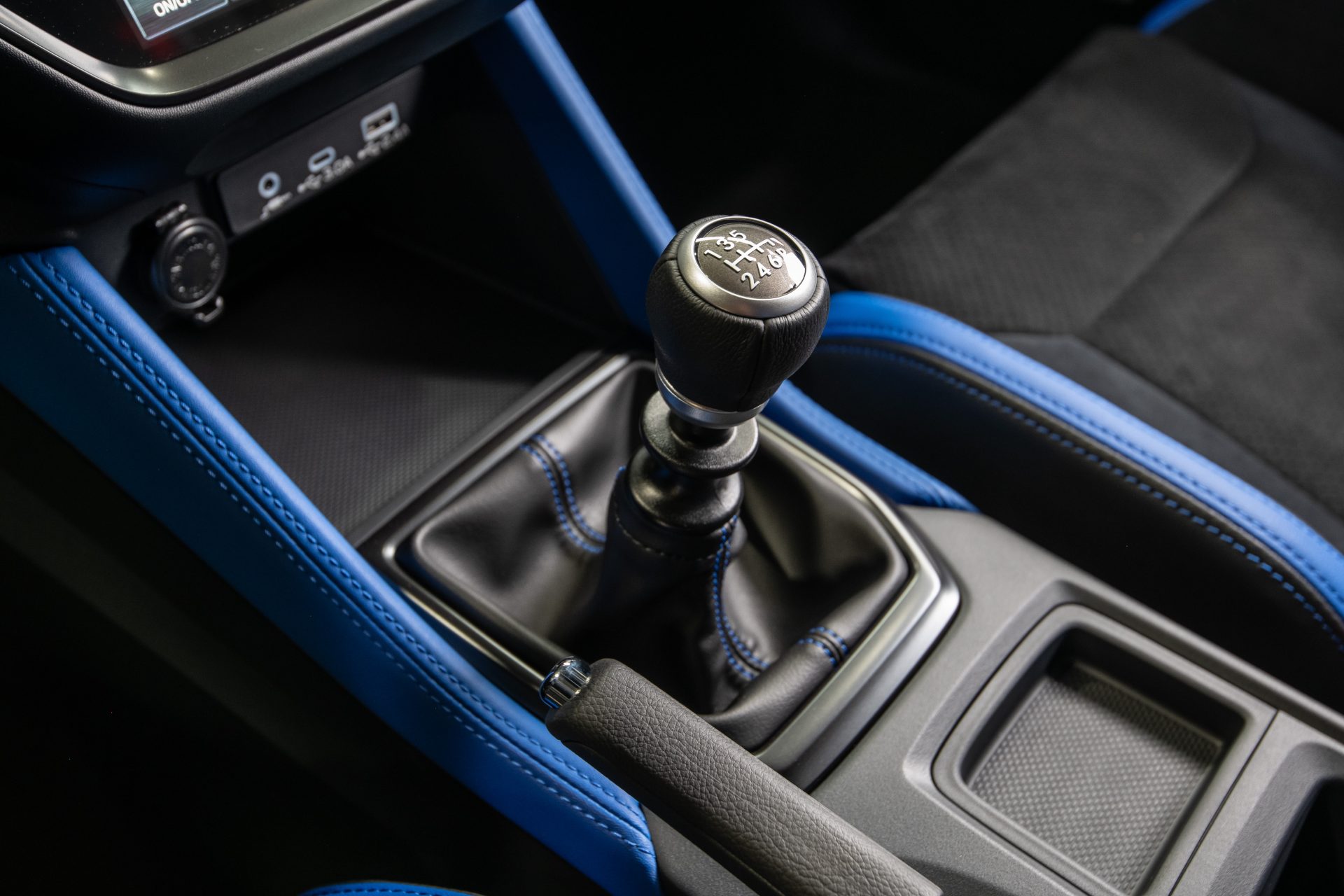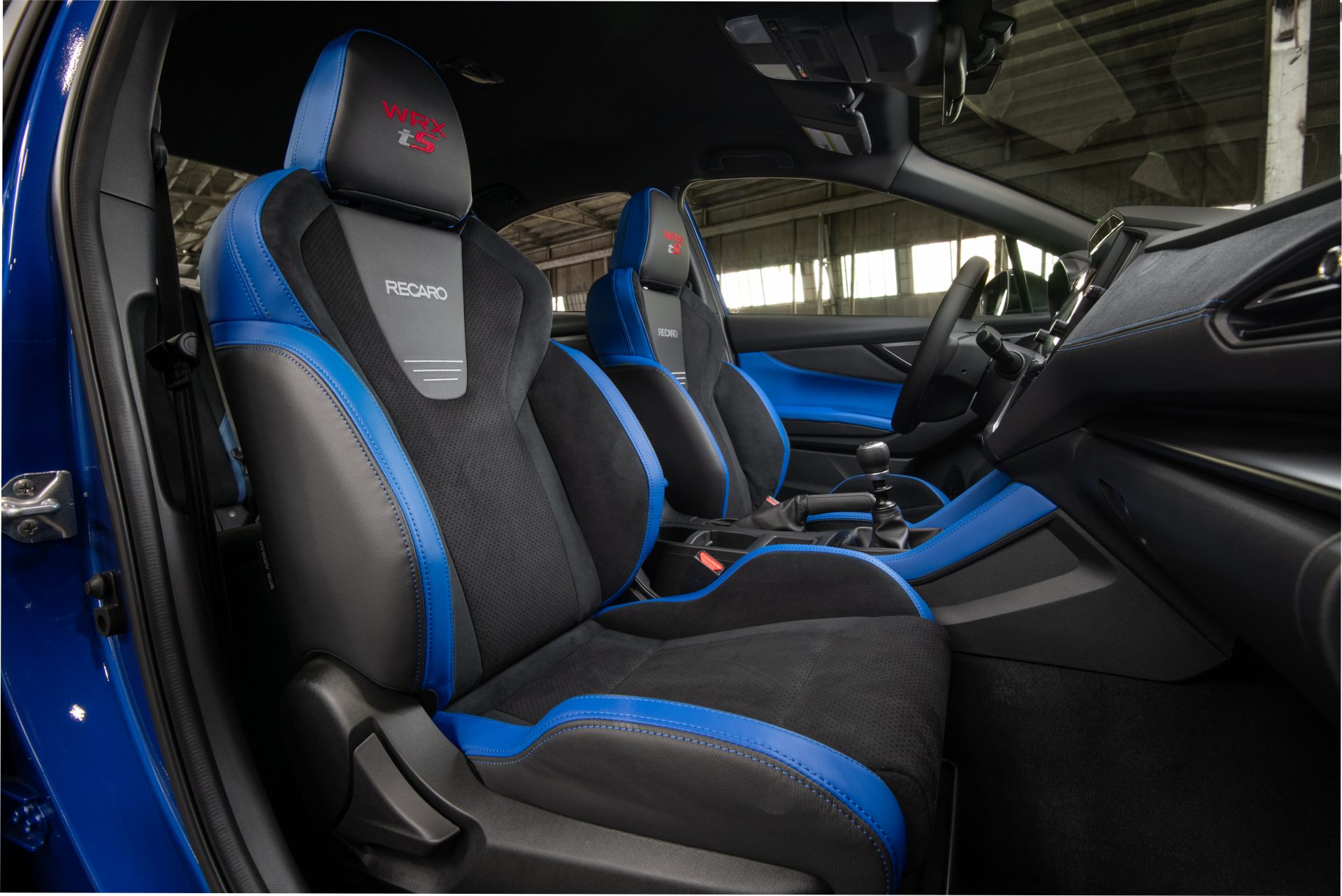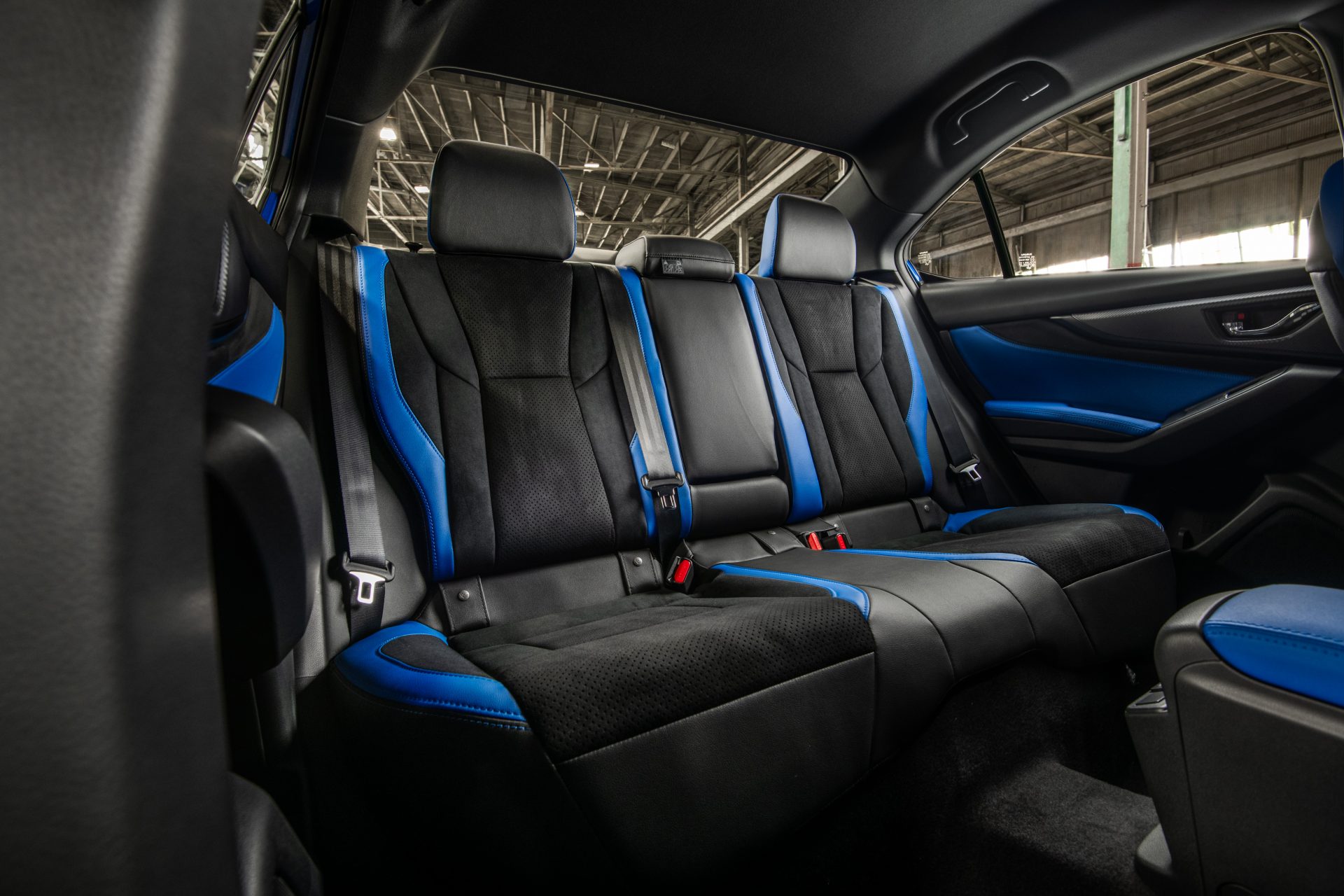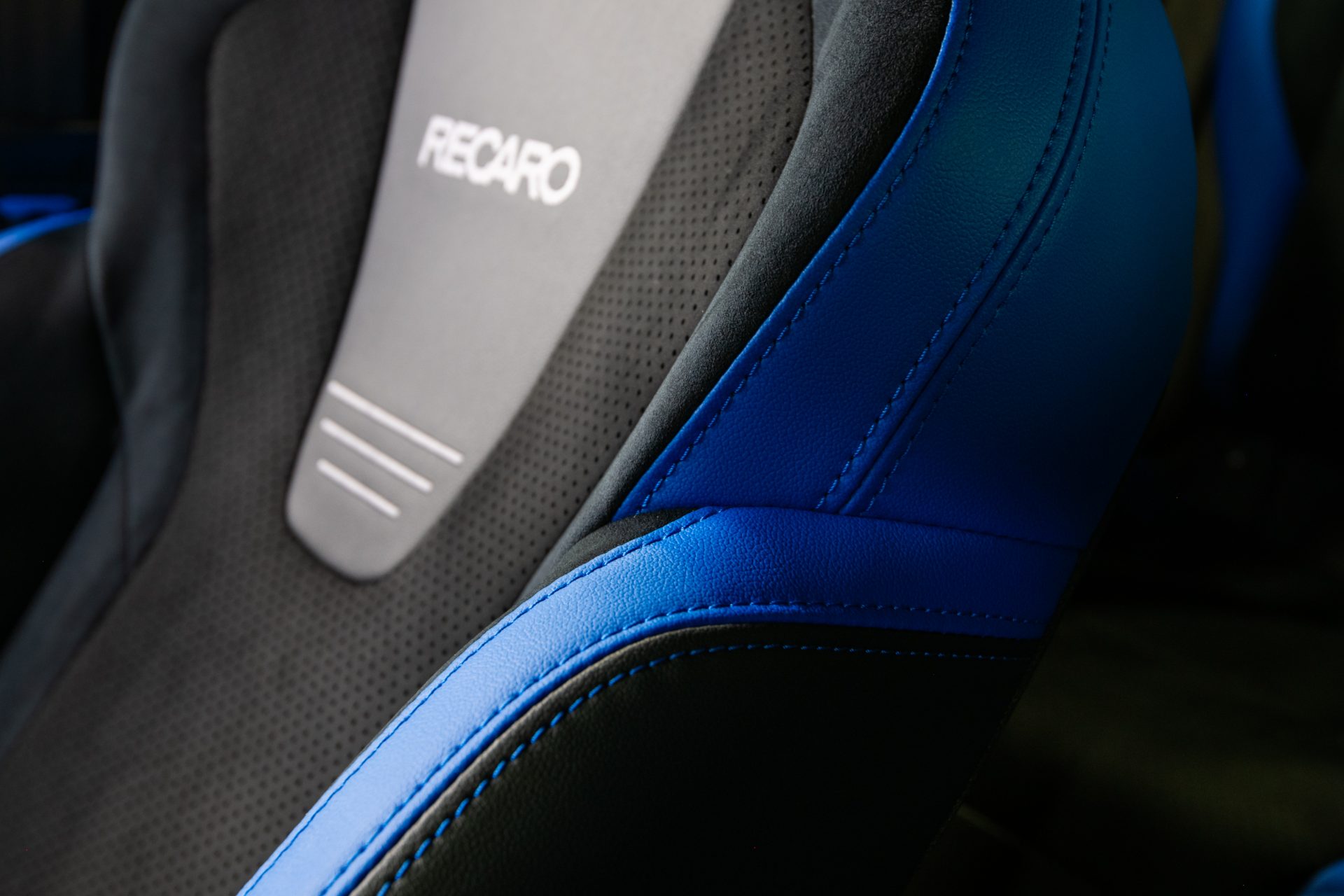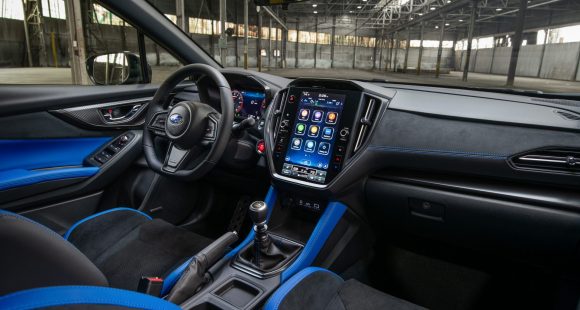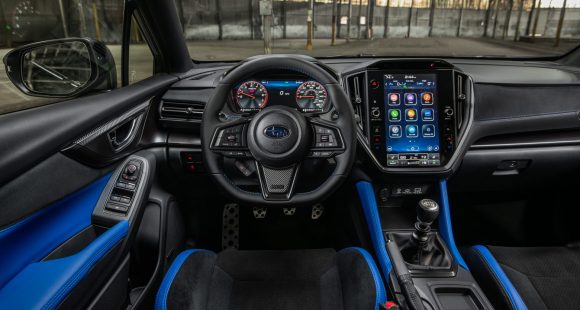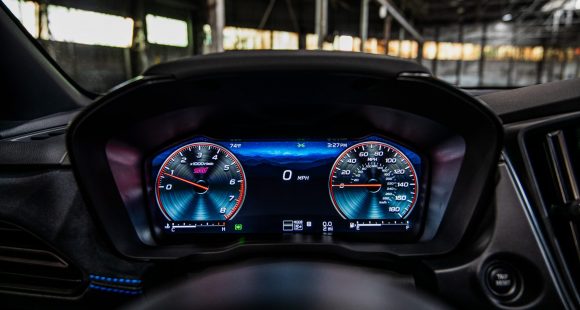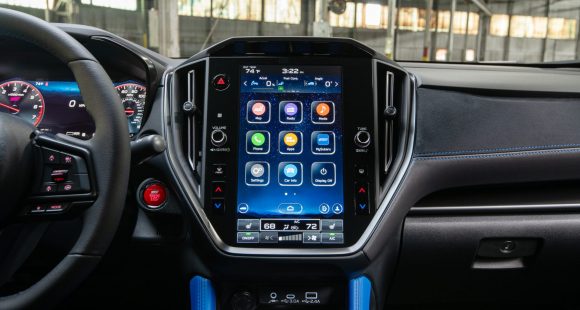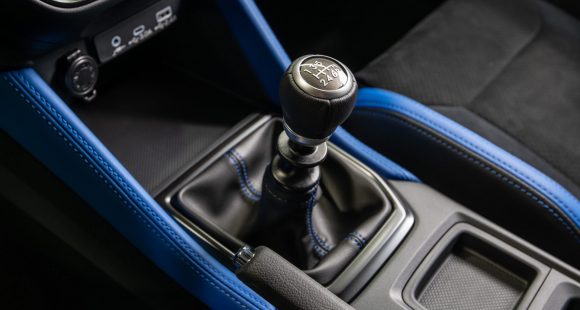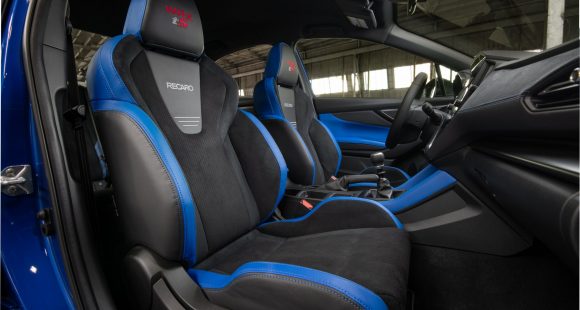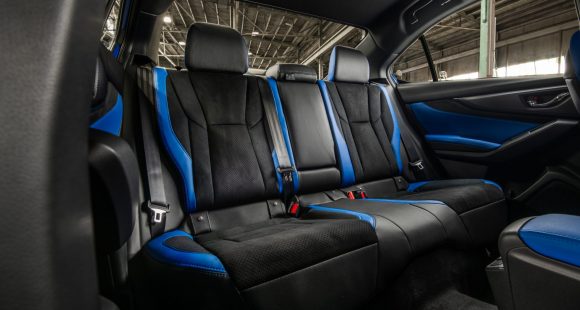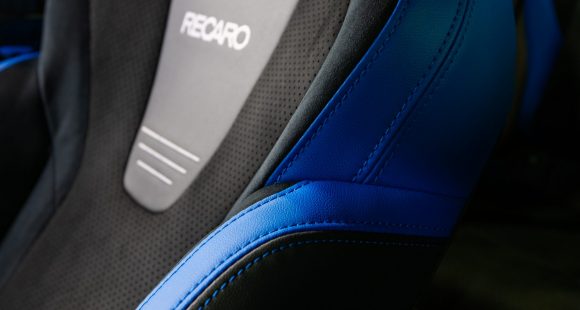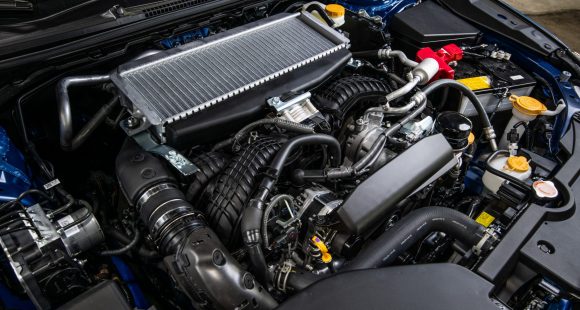2012 Mazda3 SKYACTIV
There have been a slew of new fuel saving power train technologies in recent years from hybrids to full-electrics and even fuel cells. Still, the traditional gasoline or diesel internal combustion engine is far from obsolete, and many would argue it hasn’t come close to its full potential for efficiency, especially when combined with a new whole-vehicle approach to saving fuel. And, that’s just the point of the new Mazda3 SKYACTIV.
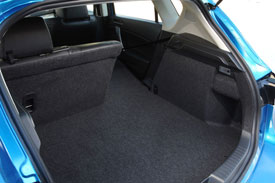 Mazda plans to spread its new SKYACTIV approach across the brand, but it’s the 2012 Mazda3 that is the first to bring much of the technology to market, and that’s fitting as it is Mazda’s best selling model. And one of the big reasons the Mazda3 sedan and 5-Door hatchback are so popular is because of Mazda’s zoom-zoom nature that is fully evident in the 3’s compact chassis. And while that chassis is not all-new for ’12, and therefore doesn’t get the full SKYACTIV effort, it does get an all-new power train, the heart of every fuel saving program.
Mazda plans to spread its new SKYACTIV approach across the brand, but it’s the 2012 Mazda3 that is the first to bring much of the technology to market, and that’s fitting as it is Mazda’s best selling model. And one of the big reasons the Mazda3 sedan and 5-Door hatchback are so popular is because of Mazda’s zoom-zoom nature that is fully evident in the 3’s compact chassis. And while that chassis is not all-new for ’12, and therefore doesn’t get the full SKYACTIV effort, it does get an all-new power train, the heart of every fuel saving program.
The 2-liter SKYACITV-G gasoline I4 puts out 155-horsepower, up 5-percent and 148 pound feet of torque, up 10%; all thanks to both intake and exhaust variable valve timing, direct injection, and a hefty 12-to-1 compression ratio. Low-friction transmissions are new as well, and both manual and automatic are efficient 6-speeds.
All of that makes for Government Fuel Economy Ratings of 28-City and 40-Highway for our SKYACTIV-Drive automatic. That’s a solid 20% boost over the non-SKYACTIV 2.0. The manual rates slightly lower. We average 33 miles-per-gallon of Regular in real world driving. SKYACTIV also helps the Mazda3 get a very good Energy Impact Score, burning through just 10.4-barrels of the black stuff, while emitting just 4.5 tons of CO2 per year.
As to the ‘whole car’ fuel saving aspects, the updated styling also improves aerodynamics. That includes a new front fascia with redesigned grille opening for better airflow management. Additional covers under the car help keep the air moving smoothly as the new Mazda3 sedan cuts through air with 7% less drag than before. SKYACTIV models are also set apart by a transparent blue ring in the headlights, and badging. New 16-inch alloy wheels complete the package.
 The transformation inside the cabin is a bit more thorough. A new instrument cluster adds blue accent lighting and there’s new satin trim throughout. The Multi-Information Display is now easier to read, and there’s a new shifter to go along with the new transmission, as well as new fabric choices for the seats. Touring trim adds Bluetooth and our GT a new 265-watt 10-speaker sound system. The Mazda3 is the only vehicle in this class to offer Blind Spot Monitoring. Rear seat legroom is among best-in-class, but we still felt cramped and the long, wide, flat floor trunk looks as if it would hold more than the 11.8 cubic-feet of cargo that it’s rated for.
The transformation inside the cabin is a bit more thorough. A new instrument cluster adds blue accent lighting and there’s new satin trim throughout. The Multi-Information Display is now easier to read, and there’s a new shifter to go along with the new transmission, as well as new fabric choices for the seats. Touring trim adds Bluetooth and our GT a new 265-watt 10-speaker sound system. The Mazda3 is the only vehicle in this class to offer Blind Spot Monitoring. Rear seat legroom is among best-in-class, but we still felt cramped and the long, wide, flat floor trunk looks as if it would hold more than the 11.8 cubic-feet of cargo that it’s rated for.
While the chassis is unchanged mechanically, some additional reinforcements have been added, as well as extra body welds, which helps to give the already solid feeling Mazda3 an even more unyielding feel. Through the cones, the Electro-Hyrdraulic power steering provided good feel and quick response, and the 3 gripped our cold test track well, even with snow tires. Off the line, the fuel-efficient SKYACTIV power train stood up well. The 2-liter has adequate torque right from the get-go and reached 60 in 8.9-seconds. Power quickly levels out, and the full quarter mile passes in a leisurely 16.9-seconds at 86 miles-per-hour.
As to pricing, a well equipped Mazda3i Touring SKYACTIV 4-door begins at $19,245. That’s only $350 more than a comparable non-SKYACTIV sedan. The hatchback adds $600 more to the base price.
While every manufacturer is now shooting for 40 miles-per-gallon in the compact car segment, Mazda’s whole vehicle approach, which includes not sacrificing driving enjoyment, makes the new Mazda3 a hit with us. And as Mazda expands this approach throughout their line-up, with new lighter-weight chassis’s and even diesel engines, we look forward to getting even more SKYACTIV in the future.
Specifications
- Engine: 2-liter SKYACTIV-G I4
- Horsepower: 155
- Torque: 148 lb-ft.
- 0-60 mph: 8.9 seconds
- 1/4 mile: 16.9 seconds @ 86 mph
- EPA: 28 mpg city/ 40 mpg highway
- Energy Impact: 10.4 barrels of oil/yr
- CO2 Emissions: 4.5 tons/yr
2025 Subaru WRX tS
Subaru’s “World Rally eXperimental” Gets Tecnica-Tuned Tech
Building on its global rally heritage, WRX has been a standalone Subaru nameplate, marketed separately from garden variety Impreza, for two generations now. And while the current WRX still lacks the full STI treatment, this WRX tS serves up some of that high-performance spice we’ve been longing for.
Before we go flat out into our Track Test of this 2025 Subaru WRX tS, lets open the Subaru dictionary so we’re all on the same page. “tS” stands for “tuned by STI;” and “STI” is an acronym for “Subaru Tecnica International,” the brand’s high-performance sub-group best known for upgrading the WRX— oh, that stands for “World Rally eXperimental,” in case you didn’t know.
All that said, STI has been largely dormant for this WRX generation, but this tS sprinkles more of their engineering magic into the mix. No, that doesn’t mean extra power, but does mean significant chassis-related improvements.
First, electronically controlled dampers, adjustable through the 11.6-inch tablet-style infotainment screen. That meant a softer “comfort” mode on the 10+ hour commute to and from Savannah’s Roebling Road Raceway. But once we were there, it was the firmer “Sport+” setting all the way, heightening response from the WRX’s throttle and already quick dual-pinion power steering system. There’s still some body roll for rally-esque weight transfer, but it’s well sorted and provides the “toss-ability” you want in a WRX.
Though if you do autocross your tS, which we implore you to do, you might feel the six-piston front, two-piston rear Brembo brakes first. The bite is strong, giving good rotation in the corners and plenty of “halt” for this 3,400 lb. compact with minimal fade, keeping us on track all week…until some unfortunate winter weather passed overhead. No worries here, as Subaru’s Symmetrical All-Wheel-Drive system got us to the track for some powdered deserts: Frosted donuts served up Michelin style, a set of winter tires different from the grippy Bridgestone Potenza S007 rubber the tS typically rides on. Some prior hot laps of California’s Sonoma Raceway gave credence to those Bridgestones, and showed us what this hot-compact can do in ideal conditions.
It’s well sorted and provides the “toss-ability” you want in a WRX.
Other tS enhancements are cabin-based, namely these beautiful blue Recaros. Most of our staff appreciated their moderately-aggressive bolstering on both street and track. And they’re even heated, too. Another tS-only appointment is this 12.3-inch digital gauge display. It mimics the standard analog gauges with some additional info, but can switch to a navigation mode for more convenient route guidance.
We do wish our tS came in the new Galaxy Purple or the trademark World Rally Blue, but this Crystal White paint wasn’t too shabby, contrasting its Cherry Blossom Red badging and blacked-out lip spoiler. Otherwise, the tS is like any other WRX, down to the hood scoop funneling air to the top-mounted intercooler.
Underneath is the same turbocharged 2.4-liter flat-four in all other trims, boxing at 271 horsepower and 258 lb-ft of torque. The freak winter weather stopped straight-line testing, but a 0-60 time estimate of 5.5 seconds is about as spry as you realistically need, pulling strong through most of the tach; though the 6,000 RPM redline required attentive shifting of the six-speed box, which the tS comes exclusively with. The throws are precise, if a little long, and the clutch is wonderfully weighted.
With discontinuation of the Base trim, pricing for the WRX now starts with Premium at $36,920. The tS is at the top of the lineup with the automatic-only GT, both starting at $46,875. All WRXs continue to be made in Gunma, Japan.
If you’re an enthusiast itching to do the tuning yourself, perhaps the 2025 Subaru WRX tS is not for you. But if you want a plug-and-play experience, this is it. While it won’t exactly bestow the loose-cannon, top-level driving skills exhibited by famous WRC drivers upon you, the tS moves this WRX’s game in a direction we’ve so desperately wanted Subaru to take.
Specifications
As Tested
- Engine: 2.4-liter flat-four
- Tranmission: 6-speed manual
- Horsepower: 271
- Torque: 258 lb-ft




